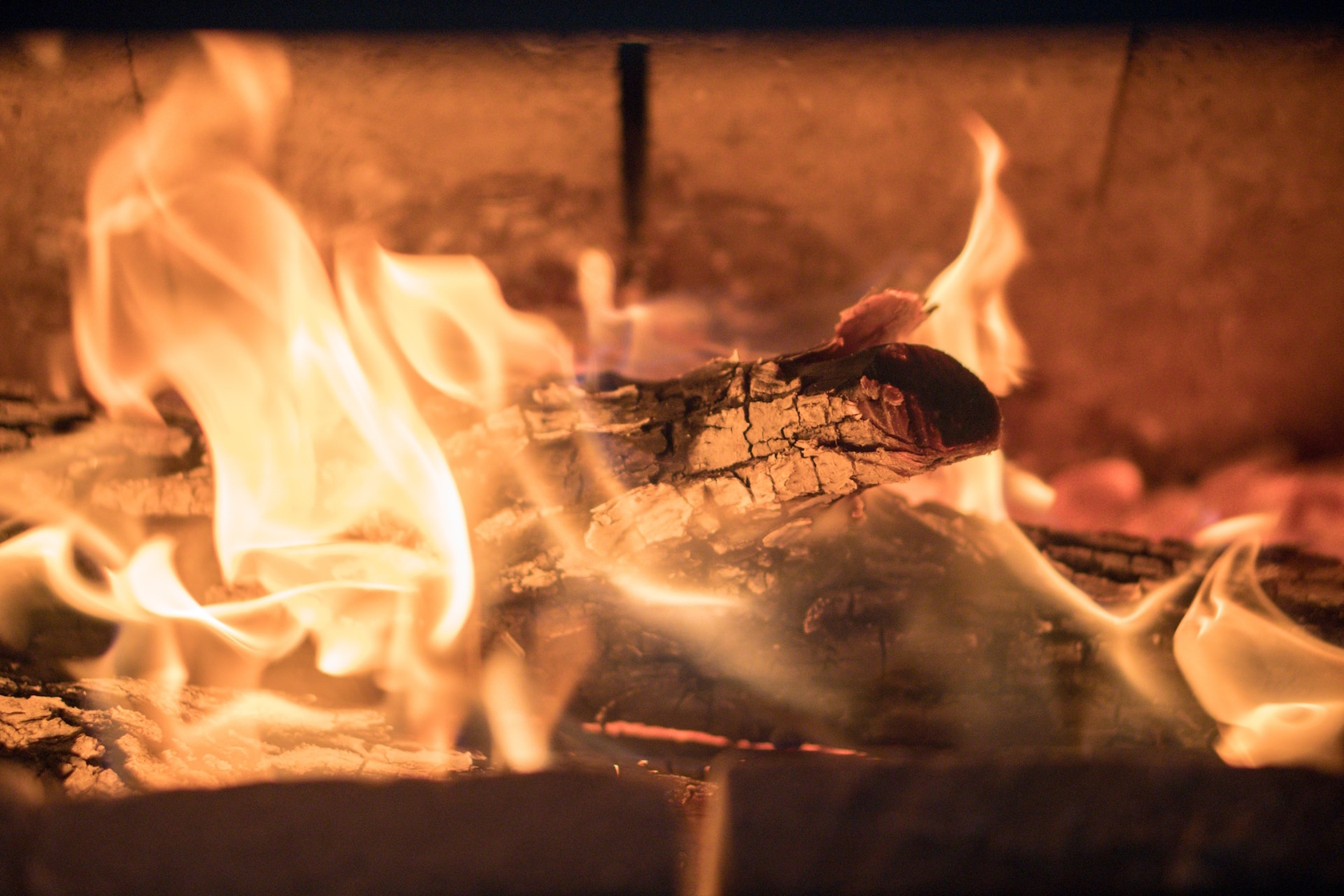Tips For Burning Firewood At Home
There’s really nothing like a roaring, cozy fire from a home fireplace. Unfortunately used incorrectly home fireplaces will put a lot of pollution into the air. Here are some tips that can allow a homeowner to enjoy his or her fire while cutting down on the toxins:

- Choose the right fireplace or wood stove. An old fashioned open grate fireplace may convert as little as 15% of the woods energy into useful heat withing the house. Modern designs achieve energy efficiencies between 60 and 90%. In Australia these efficiency ratings are available from retailers and the internet. You should pay attention to these ratings when purchasing. Something thats 85% efficient or better is going to be warmer and lighter on your wallet in the long run than a cheaper 65% efficient stove.
- Keep the flue within the building envelope for as much as possible. A lot of heat from your fire will travel up the flue. If you have a few meters of flue pipe radiating directly into your room you will extract benefit from this heat. Routing your flue from the rear of the stove straight outdoors wastes this heat. Brick chimneys are also less efficient, radiating less heat into the room and allowing more to escape out the top.
- Burn dry seasoned wood. Wood with a high moisture content cannot achieve a high enough temperature to burn efficiently – regardless of how good your stove is. This causes excess pollutants to be vented into the atmosphere and creosote to build up in your chimney eventually leading to chimney fires.
- Burn suitable varieties of wood. All species of wood have remarkably similar BTUs per kg of wood. Hardwoods are more dense and allow you to get more fuel into the stove in one go. Avoid varieties of wood that are extremely sappy if you can – conifers/pines, and the odd Australian native like Red Gum – these woods produce a lot of creosote and have a similar effect to green wood clogging up chimneys. We use pine for kindling, it starts easily, burns quickly, and the creosote is burned off quickly as the hardwoods heat up.
- Keep your firewood dry. Wet wood is not dissimilar in its characteristics to green wood, with the possible difference that much of the moisture is in the outer layers, rather than the core as with green wood. Be careful when covering your firewood with tarps, as they will trap condensation. make sure you have good air circulation.
- Start small and step up in size. When starting your fire use kindling (small thin pieces), some newspaper and even firelighters. This material will burn quickly and elevate the heat inside your wood burner. Within a few minutes you will need to add slightly bigger pieces – say 50mm square – and then step up over the next 20 or so minutes before adding the largest pieces. Get the firebox properly hot with smaller pieces, before dumping the larger chunks in. This method will get you warm faster and reduce the pollutants you emit as you start up.
- swpf_admin
- on Apr, 13, 2023
- Seasoned Firewood
